FETE AERIENNE 2019 - Aérodrome de Cerny / La Ferté-Alais - FRANCE
Update: 2019/10/30 by Robert Kysela / CHK6
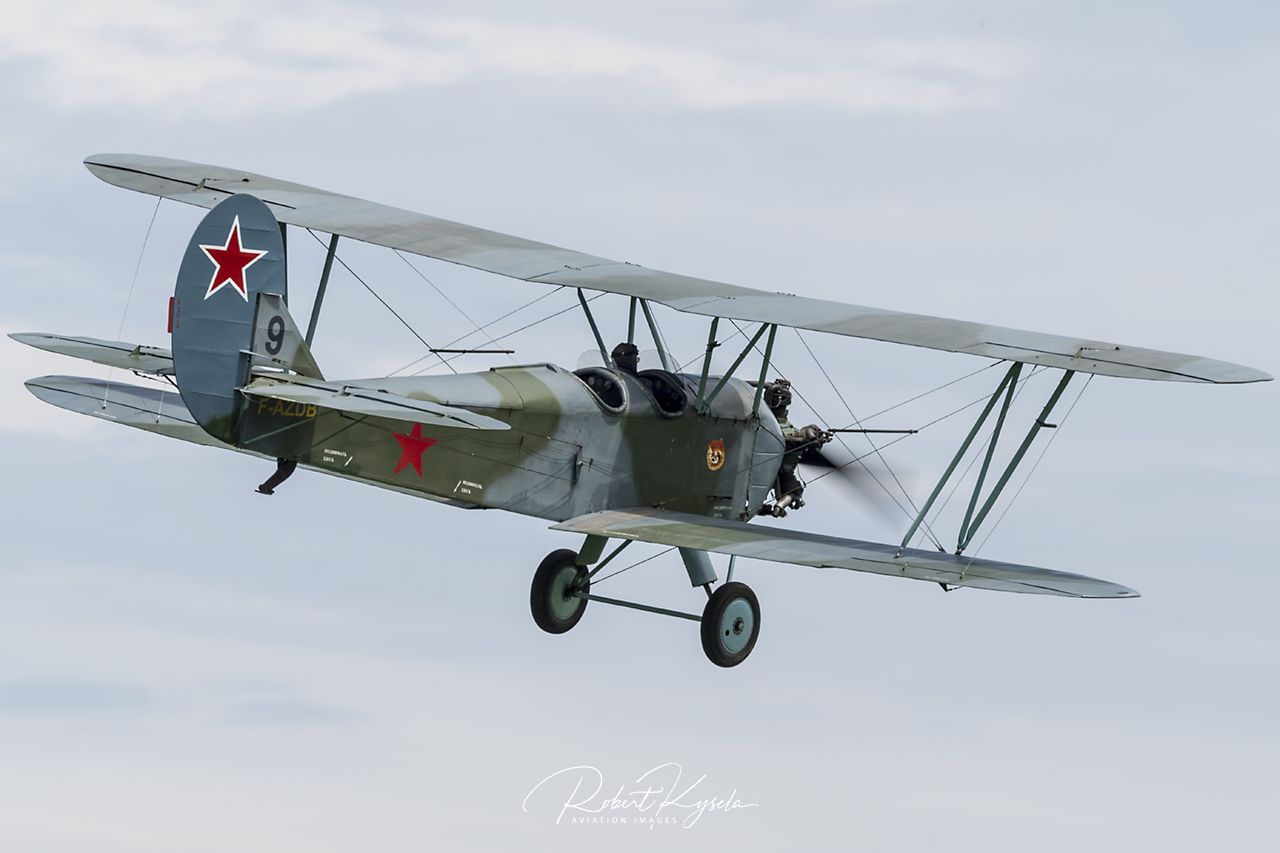
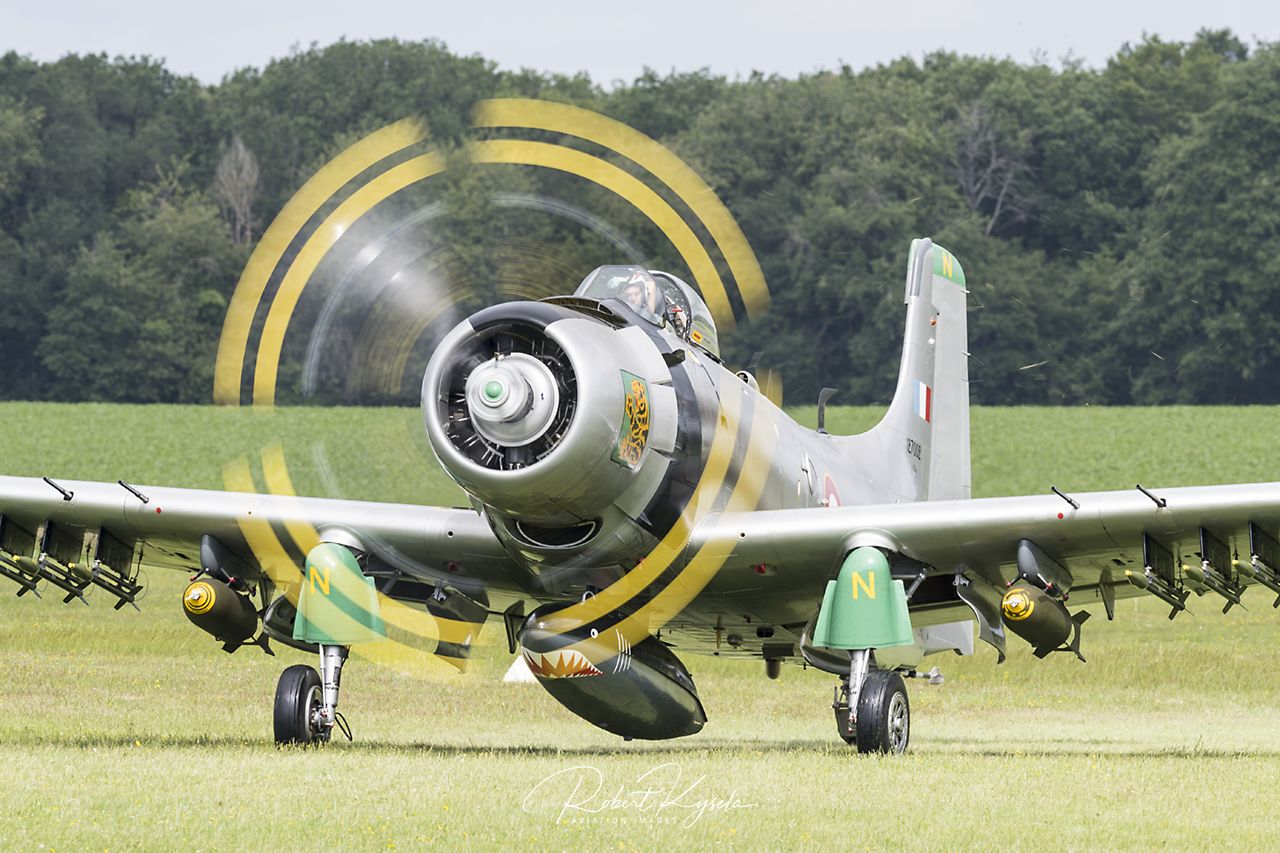
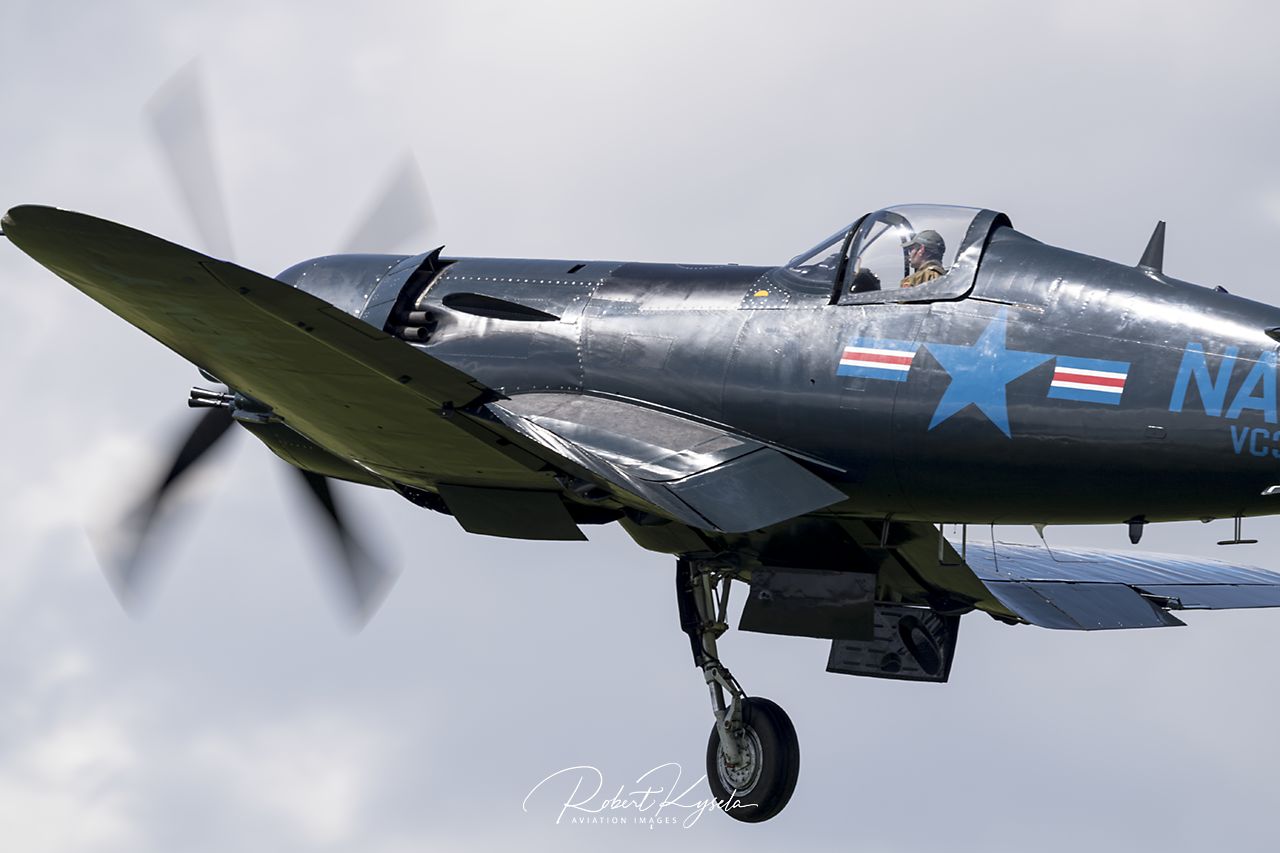
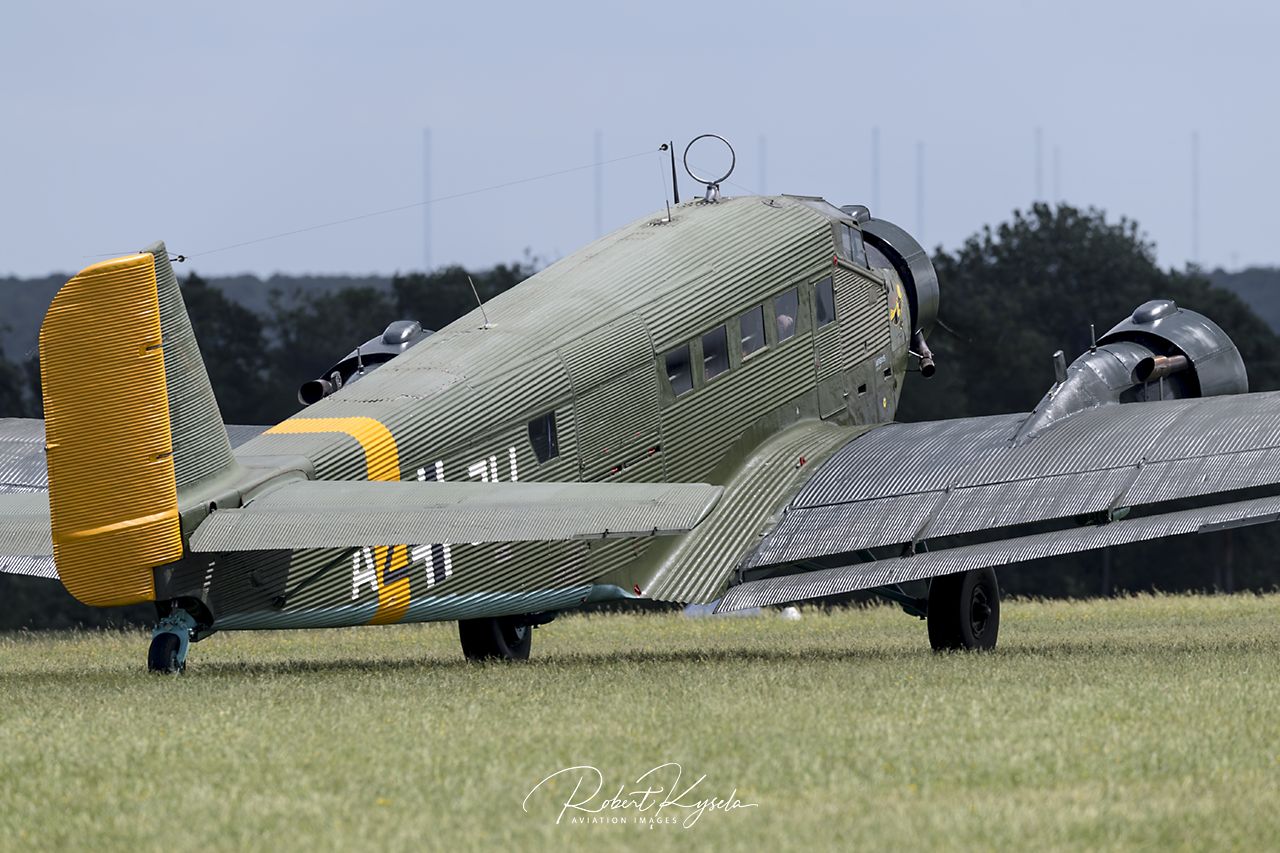
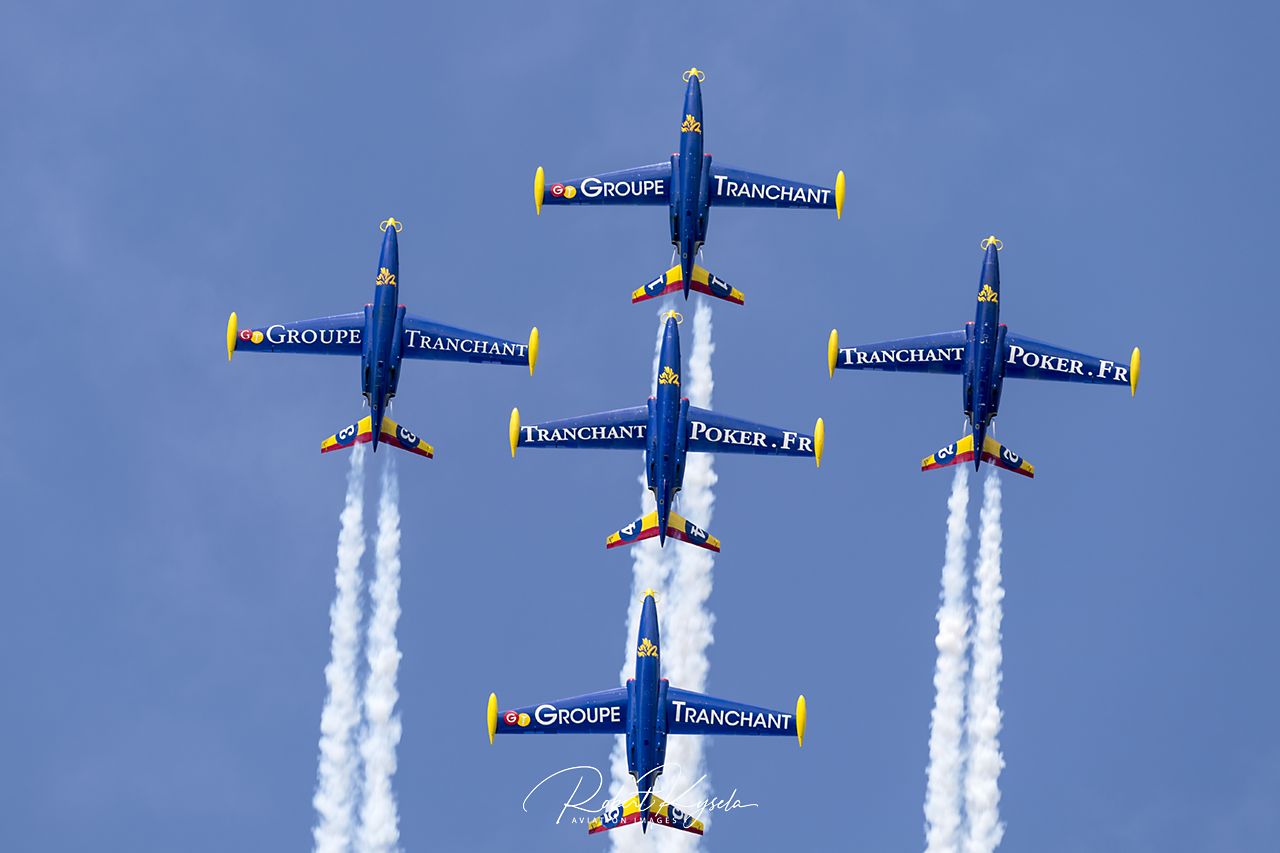
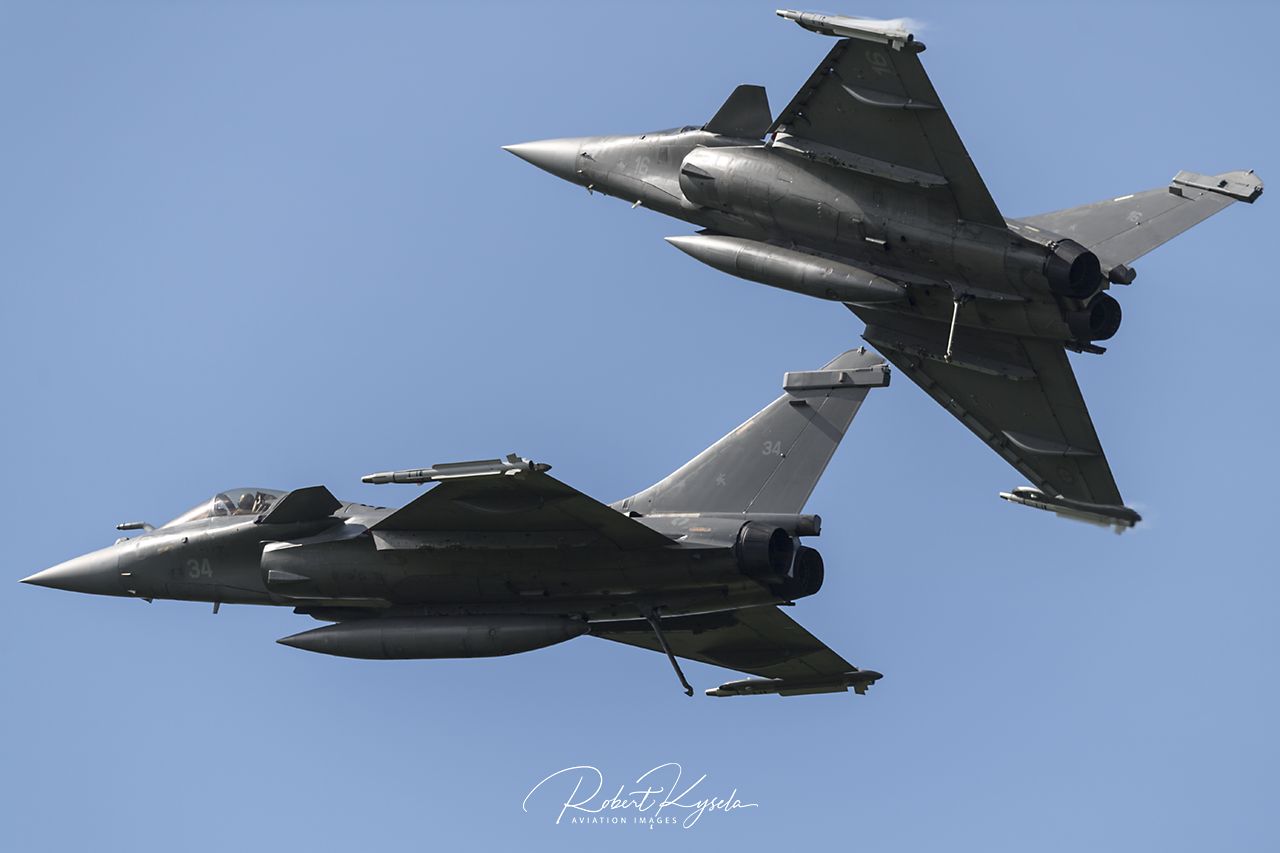
It seems the highly-promoted phenomena of climate change hasn’t fully arrived just yet, at least to the area south of Paris (and certainly not on the Whitsun weekend). While in Germany temperatures above 30 degrees centigrade drove people into the beer gardens, for our neighboring country of France there was no real noticeable change in the weather conditions. This was particularly so for visitors to the annual event at La Ferté-Alais who observed the varied weather conditions at the airfield reaching a maximum of only 18 degrees – and that was when the sun was shining. The current cry may be “All of Europe is entirely occupied by the hot weather. Well not entirely! One small village of indomitable Gauls still holds out against the climate changer“. So much for climate change and the weather!
The wonderful thing about this is, that most of the planes are in an airworthy condition and are flown regularly!
R. Kysela
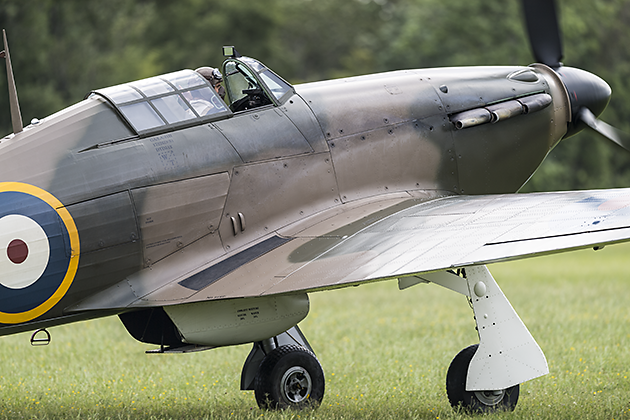
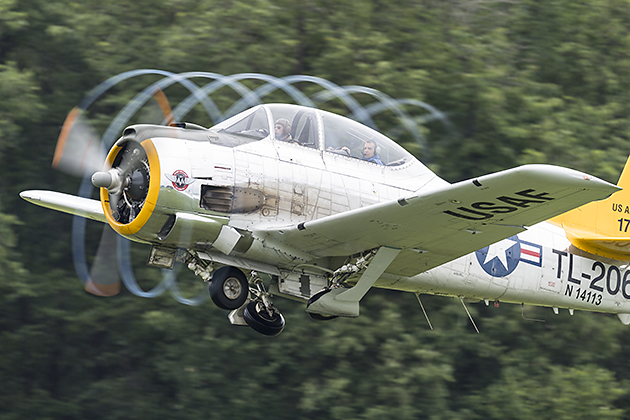
La Ferté-Alais airfield is home to an exceptional flying club named after French aviation pioneer Jean-Baptiste Salis (Amicale Jean-Baptiste Salis – AJBS; website: http//: www.ajbs.fr).
The club consists of almost 300 active members who run a museum on the grounds of the airfield with over 70 exhibits from all genres of aviation. The wonderful thing about this is, that most of the planes are in an airworthy condition and are flown regularly!
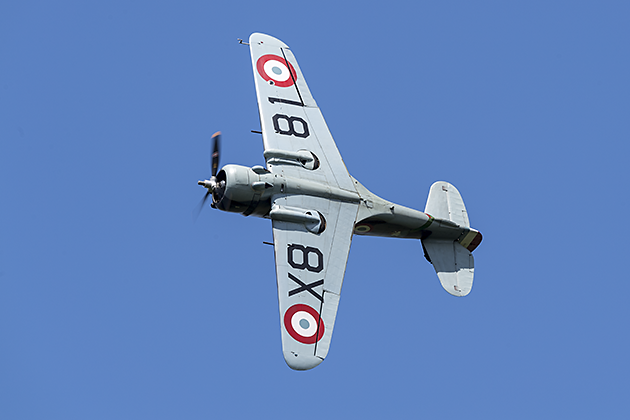
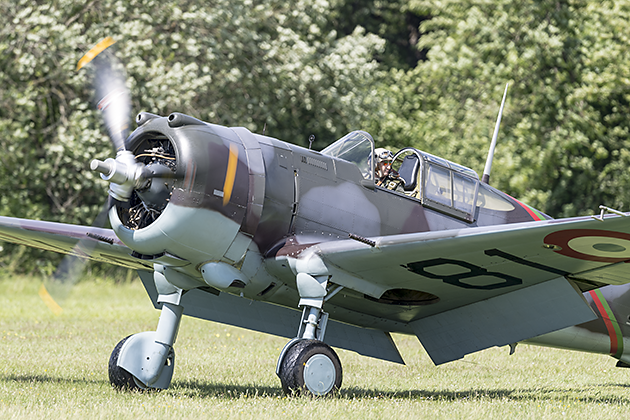
Every year, at the beginning of June, the largest warbird airshow on the European continent takes place here. Good relationships with similar European organizations ensures that many other airshows feature some of the aircraft based in La Ferté-Alais allowing them to be admired outside of France. Of course, the opposite is also true with several foreign warbirds featuring as guests at this year’s Fête Aérienne. The largest contingent came from the FIGHTER COLLECTION at Duxford in the UK. Besides two Supermarine SPITFIRE (one MK XVI and one MK XI) and a Grumman F8-F2P BEARCAT, one of only two flying Curtiss H-75 C1 could also be seen as part of the flying display. The other aircraft is actually a P-36C HAWK – both aircraft are owned by the FIGHTER COLLECTION.
Operated by the Armée de l’Air, the H-75 was powered by a single Pratt & Whitney R-1830-SC-G 14 cylinder double radial engine producing a quite mild 900 HP, as such the H-75 was relatively inferior to enemy aircraft by beginning of World War II. Nonetheless, thanks to its good flight characteristics, and in the hands of a good pilot, the H-75 was an opponent not to be underestimated. Significantly, the first kill of a German aircraft by an Allied aircraft on the western front was achieved by an aircraft of this type on September 20, 1939 by pilot Sgt. Legrand. Later models were equipped with a more powerful 1,200 HP PRATT & WHITNEY R-1830-925 engine. The H-75 of the FIGHTER COLLECTION bears the original marking of the famous Lafayette Escadrille (Groupe de Chasse II/5).
The original Caudron made its maiden flight in December 1913 being used as a reconnaissance aircraft in the early days of the First World War.
R. Kysela
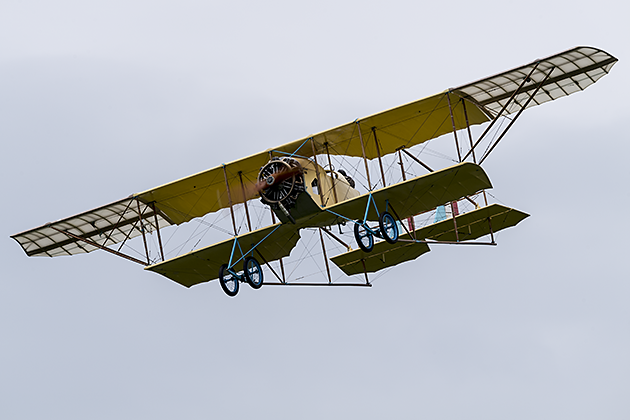
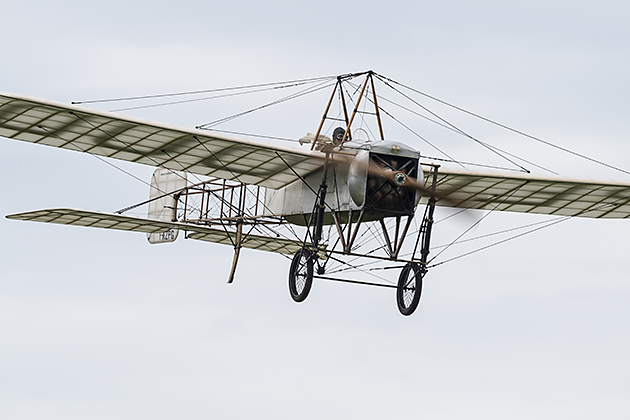
At each Fête Aérienne several different genres of aviation history are on display. If weather permits, spectators will have the special pleasure of admiring aircraft from the very early days of aviation. The collection at La Ferté-Alais operates a replica Caudron G.III, a Morane Saulnier type H (replica) and a Blériot XIý. The original Caudron made its maiden flight in December 1913 being used as a reconnaissance aircraft in the early days of the First World War. By mid 1916 this unarmed aircraft was withdrawn from the front due to increasing losses. The Caudron was powered by a single 80 HP air-cooled rotary engine (either a Clerget or a Le Rhône) providing a top speed of nearly 115 km/h. The replica G.III is however powered by a 120 HP Walter radial engine, which changes considerably the appearance of this otherwise very attractive machine.
The other two aircraft mentioned from the pioneering days of aviation both have an original Le Rhône rotary engine producing 80 HP. With a rotary engine the entire cylinder head rotates around a fixed crankshaft, a concept that very quickly reached the end of its design limits with ever increasing requirements for speed and power. One of the most famous aircraft of the German Air Force, the Fokker Dr.1 Dreidecker, was equipped with an Oberursel UR.II rotary engine which produced 110 HP and was a direct copy of the French Le Rhône 9J engine. A replica of a Fokker Dr.1 triplane was also present at La Ferté-Alais demonstrating the wild air battles of the First World War with a Bristol FIGHTER F-2B.
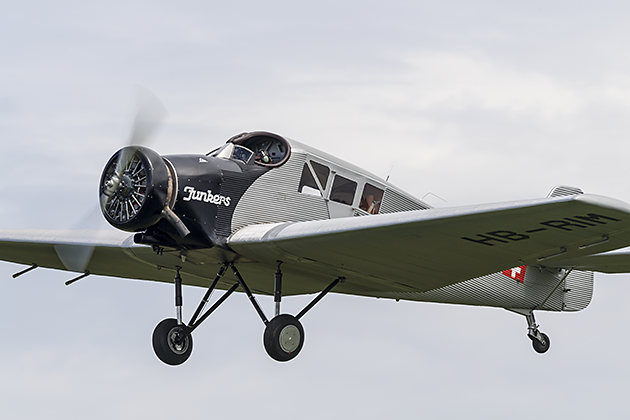
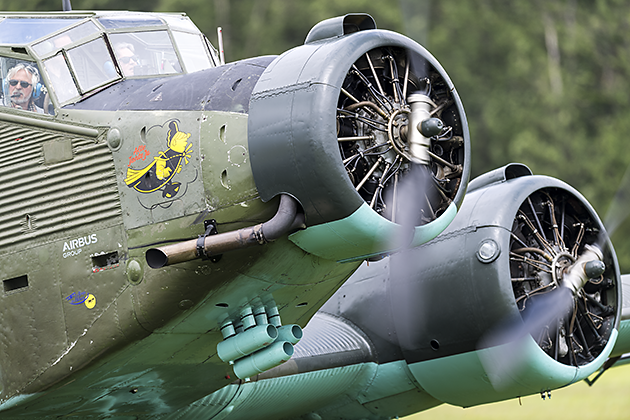
A special highlight of the event was much more peaceful. We are talking about the legendary Junkers F13, the world’s first all-metal commercial airliner. With this model, Prof. Hugo Junkers not only wrote aviation history, he also laid the foundation for a whole series of successful aircraft types of the 1920’s and 30’s. The Model F13 was the first modern commercial aircraft to be made entirely of the then new light metal material duralumin. Its corrugated construction gave this small aircraft its unmistakable appearance. This design was the trademark of Junkers (until the early 1930’s) and culminated in the company’s most famous aircraft, the three-engine Ju-52/3m, called “Tante Ju”. The F13 flown in La Ferté-Alais is a new build replica, which was initiated by Dieter Morszeck, owner of the company RIMOWA (also known as the manufacturer of high quality cases).
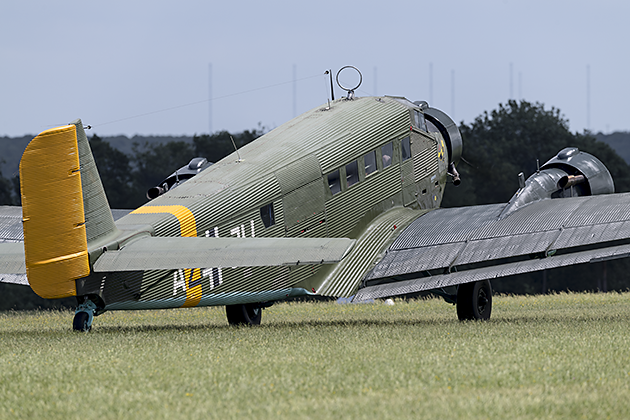
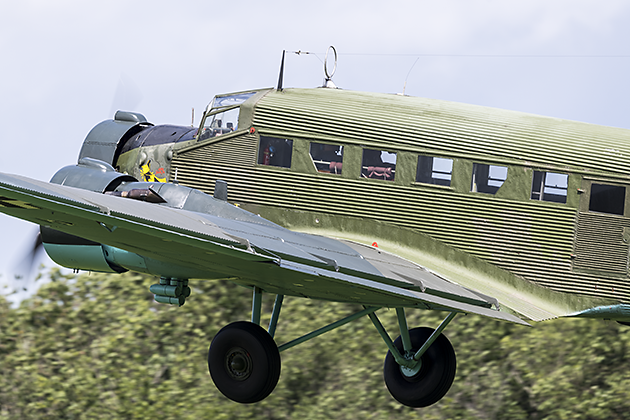
Beside the F13, a Junkers Ju 52/3m was also in the flying program. This is actually a license built adaptation of the type known as a CASA 352L from Spain, but the airframe of this aircraft was manufactured in Germany in 1943. In contrast to the Ju 52/3m, which is powered by three BMW 132 radial engines, the CASA has Elizalde Beta 9-cylinder radial engines with a starting power of 775 HP. These engines were used as a replacement for the BMW engines that were no longer available. Following nationalization of the engine manufacturer, Elizalde S.A. based of Barcelona, the engine was further developed under the name ENMASA (ENMASA = Empresa Nacional de Motores de Aviaci¢n S.A.). This Spanish Aunt Ju has been owned by AJBS since 1990 and is a welcome guest at many aviation events and air shows.
This was a tribute to Serge Dassault, who passed away in May last year.
R. Kysela
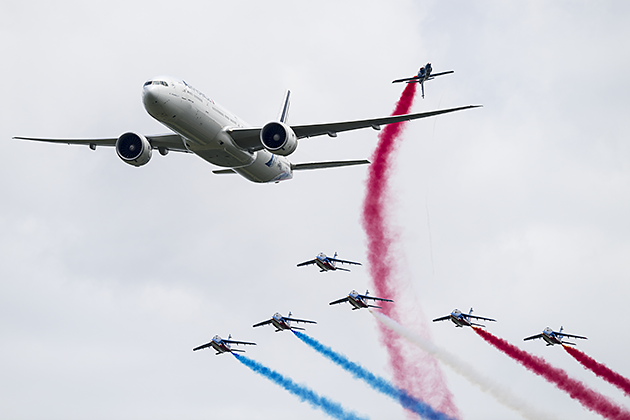
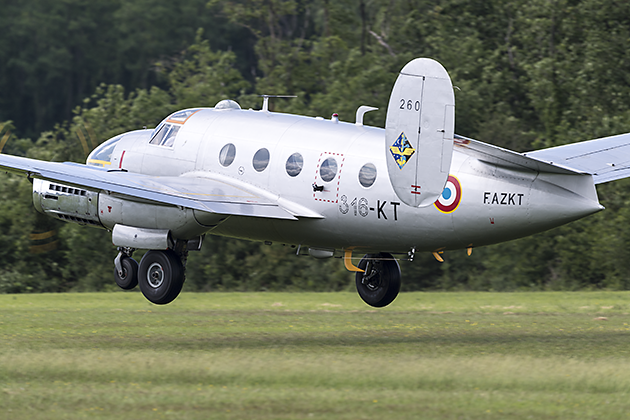
A special feature at La Ferté-Alais was the strong presence of the French Air Force ( Armée de l’Air ) and French Navy Aviation ( Aéronavale ). The French proudly presented not only the (aeronautical) past of the “Grand Nation” but also the present. The national aerobatic team, the PATROUILLE DE FRANCE, only appeared for a very short time (performing a flyby with a Boeing 777-300ER of Air France) but also performed a parade consisting of an AMD Mirage 2000, an AMD Rafale, a Falcon 10 Marine, a brand-new Falcon 8X, and a MD 311 FLAMANT which was truly spectacular. This was a tribute to Serge Dassault, who passed away in May last year. Serge Dassault was the son of the founder of Dassault Aviation, Marcel Dassault, and ran the company until his death.
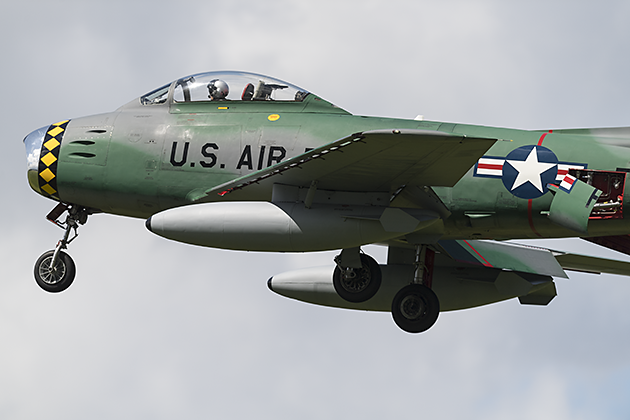
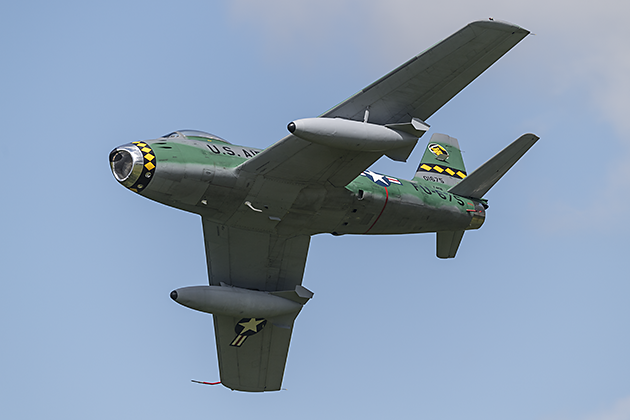
In addition to the aforementioned aircraft, a large number of other highlights were also seen in the flying displays at La Ferté-Alais, however to list them all would go well beyond the scope of this report. Worth mentioning is a Canadair CL13B SABRE MK6 (Canadian licensed built copy of the North American F-86 SABRE), being a new acquisition by Frederick Akary, a flight instructor and Air France Boeing 777 Captain from Marseille. His SABRE was painted in a very interesting experimental grey/dark green camouflage, which was worn on a few aircraft of the 461st Fighter-Day Squadron/36th Fighter Wing USAF. This unit was based at Ramstein AFB Germany in the mid 1950s.
One dives into another time, surrounded by the charm of old airplanes and above all - extremely friendly people!
R. Kysela
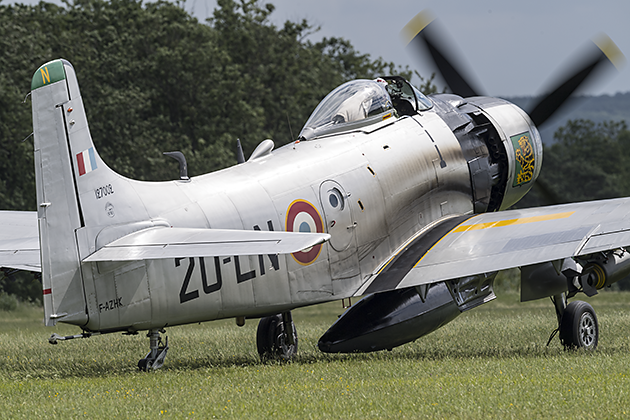
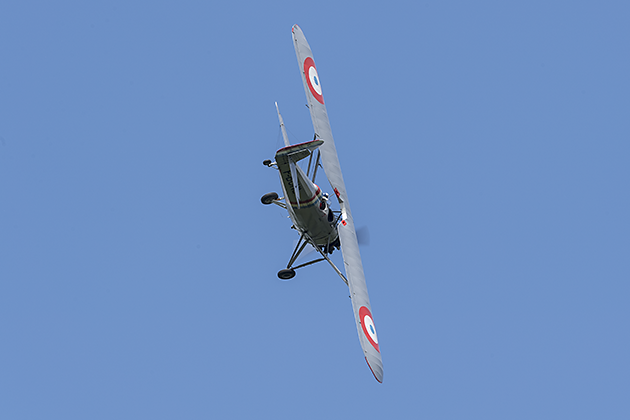
VERDICT: Whitsun in the south of Paris – hours of traffic jams on the way to the event, arriving late in the evening in the hotel and going to the site pretty early in all morning just to get a good place. The weather? Let’s not talk about that again. But when you arrive at the small airfield of La Ferté-Alais, everything is forgotten! One dives into another time, surrounded by the charm of old airplanes and above all – extremely friendly people! Even if you don’t speak French very well – pas de problème! All aircraft are “extraordinaire”, all pilots are “formidable” and the displays are “magnifique” – you don’t have to understand more!
The Fête Aérienne in La Ferté-Alais is in no way inferior to other events of this kind – quite the contrary as its is one of the best events on European soil with a magnificent flight programme! The combination of vintage aircraft from all eras of aviation history and the most modern that the French aircraft industry has to offer can be well described with the following words: très bien!
Robert Kysela / CHK6

